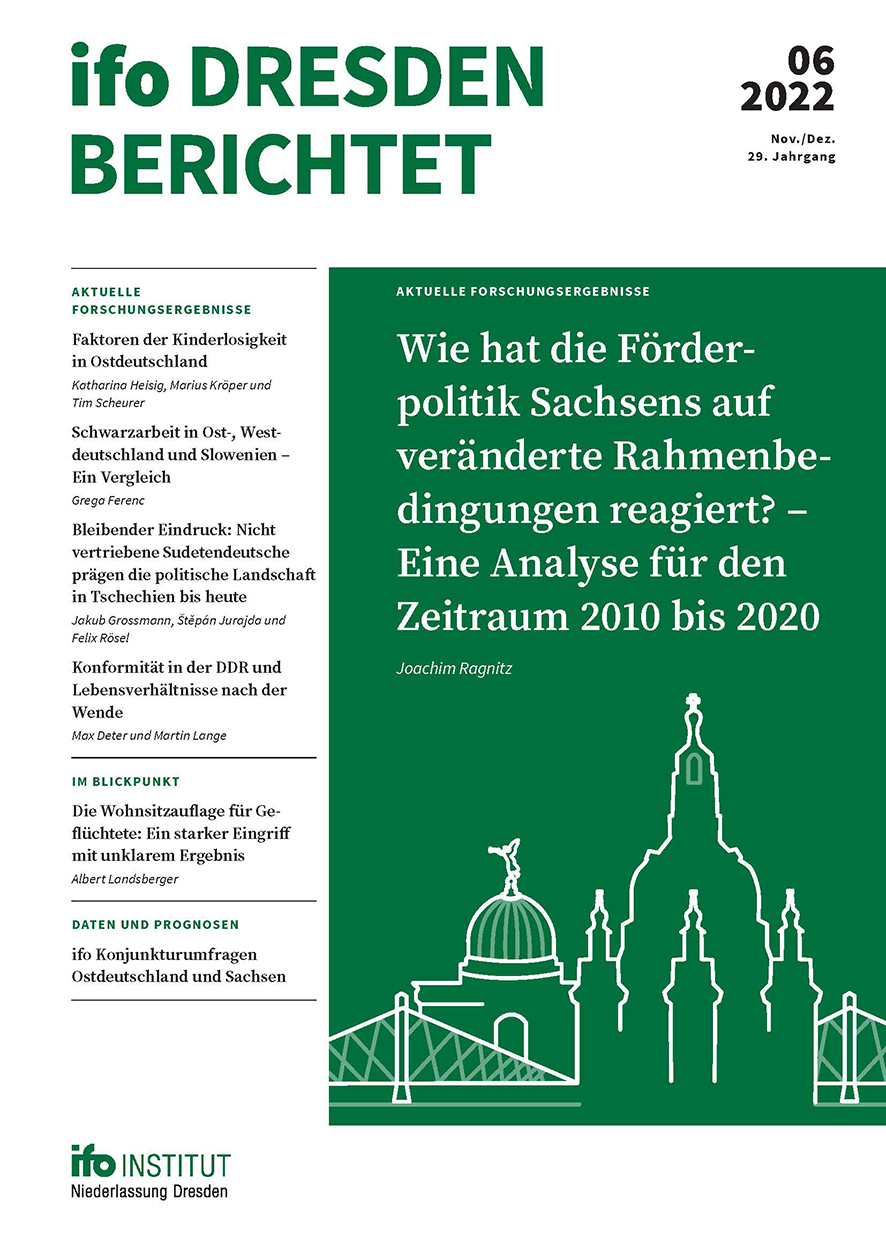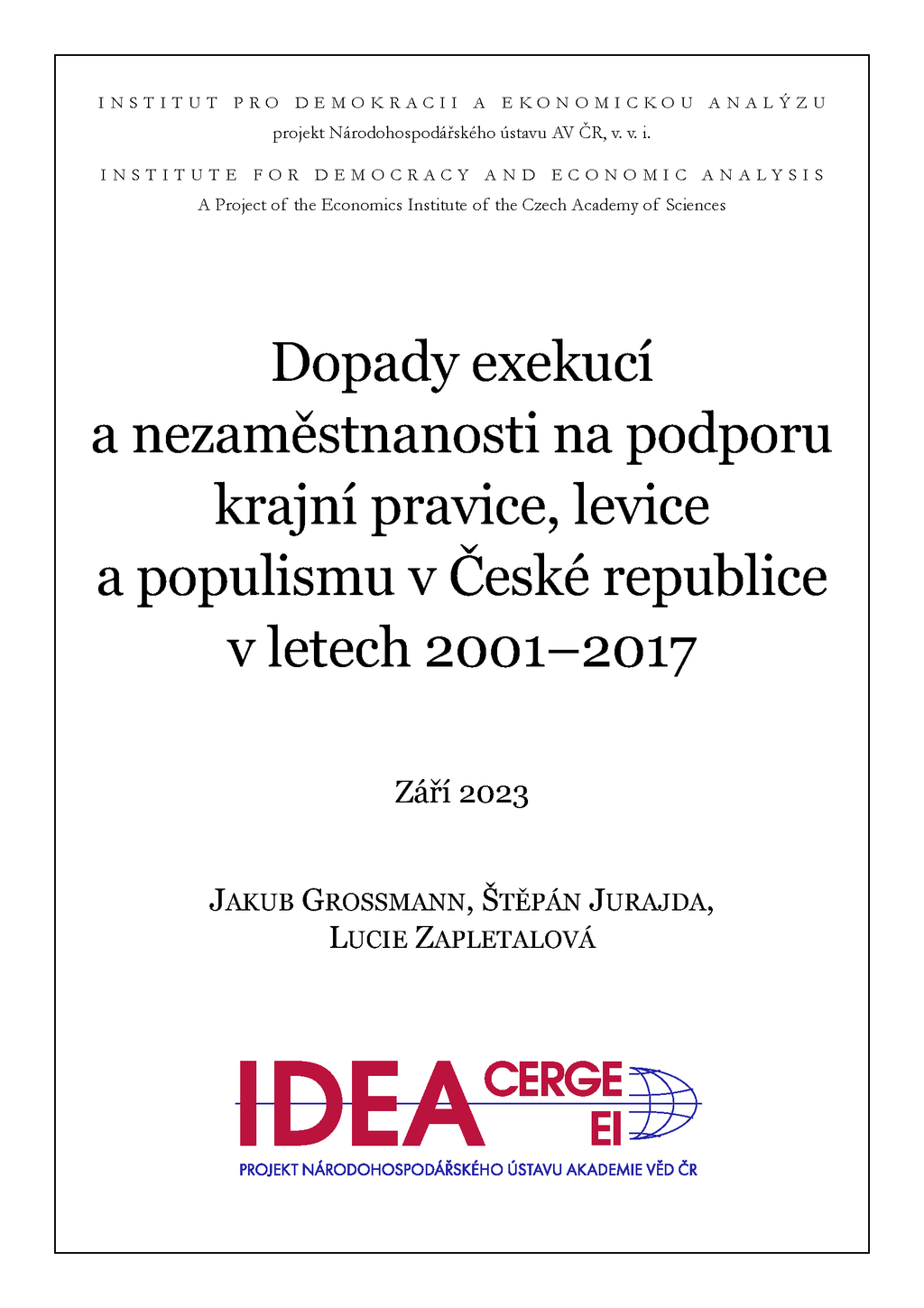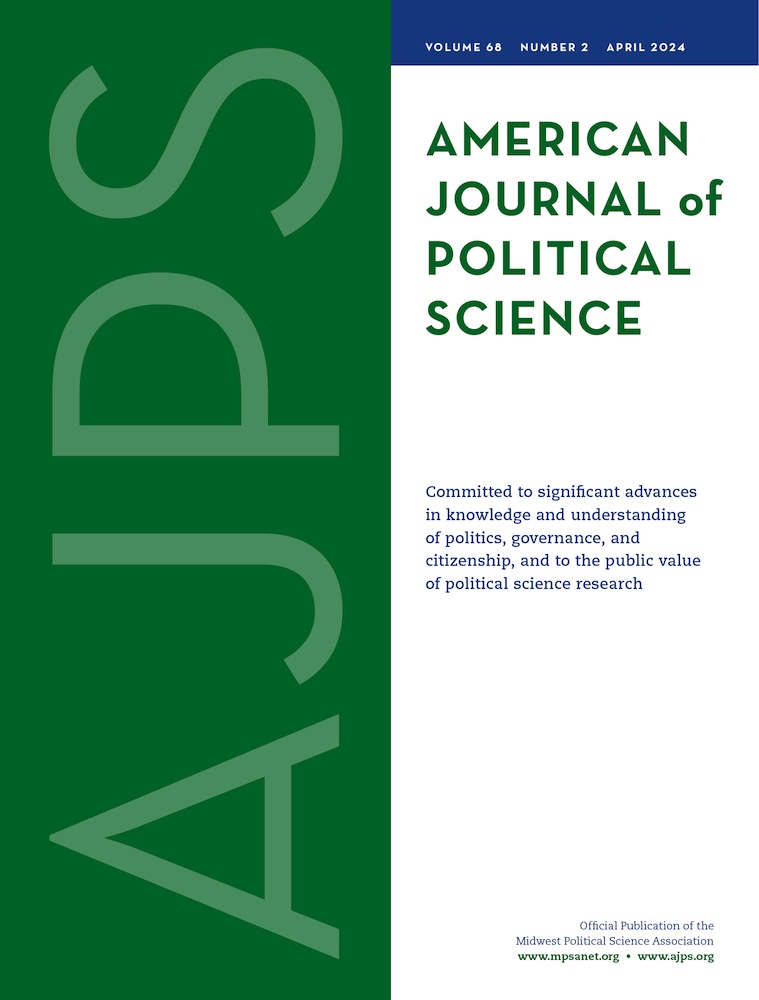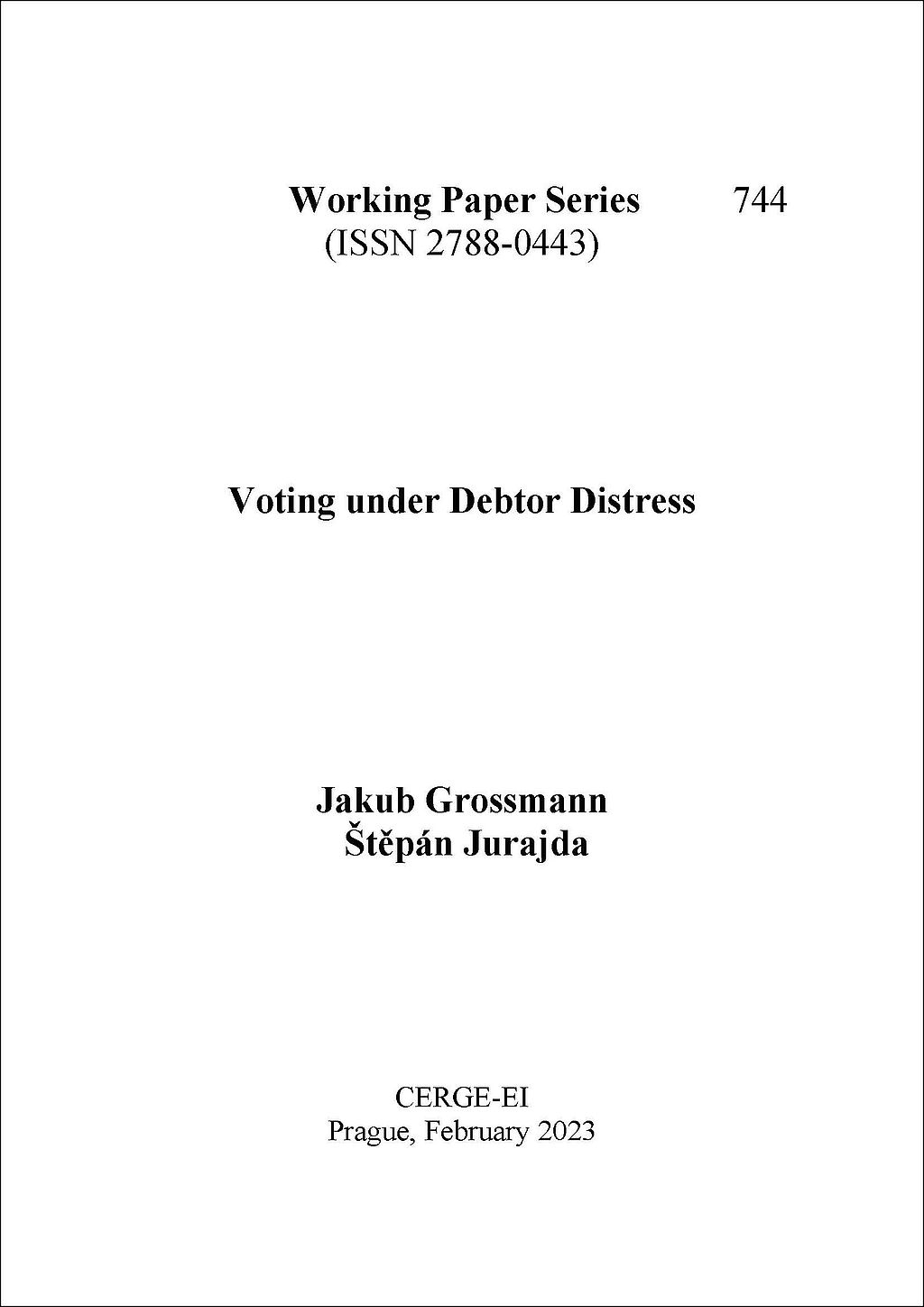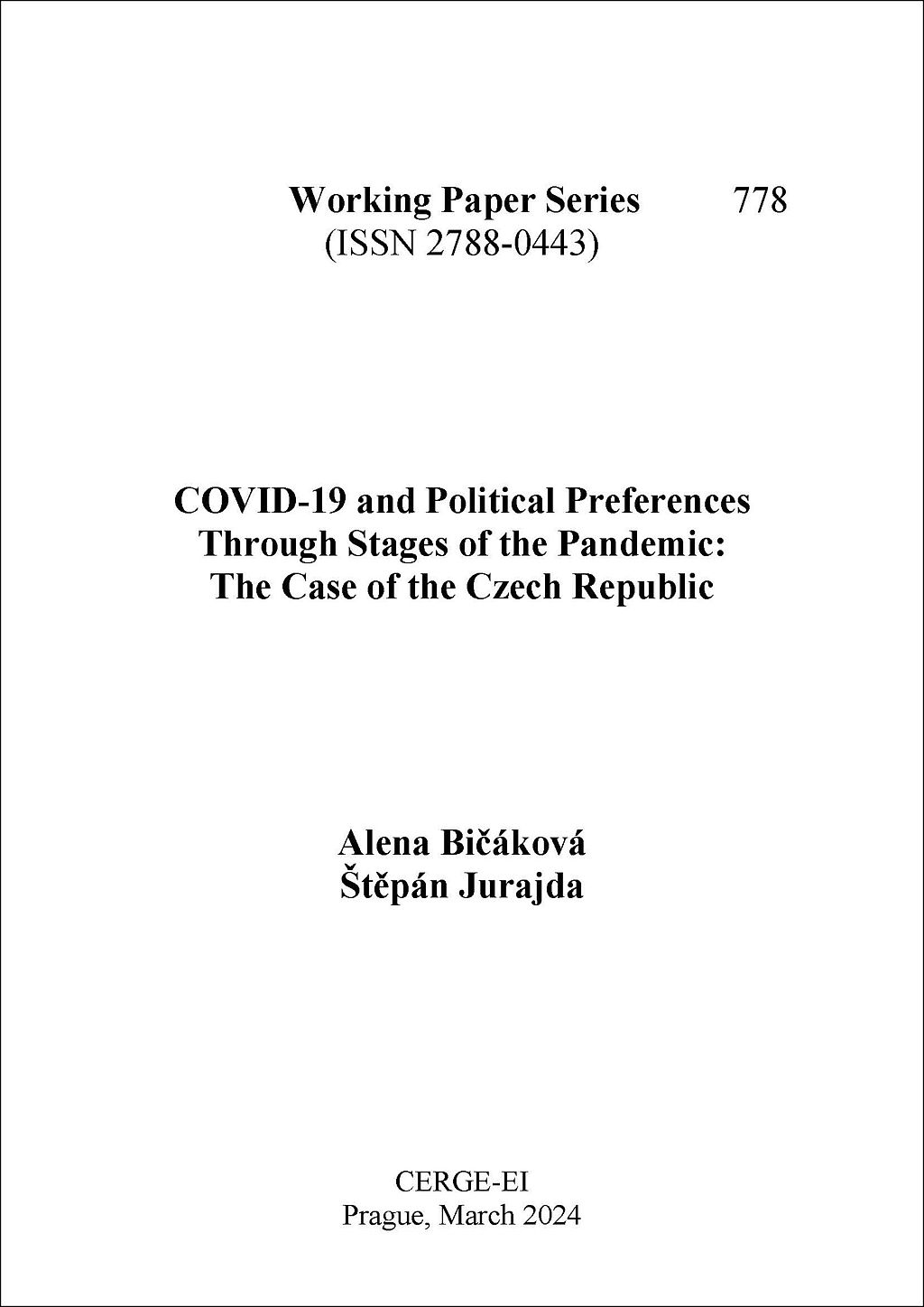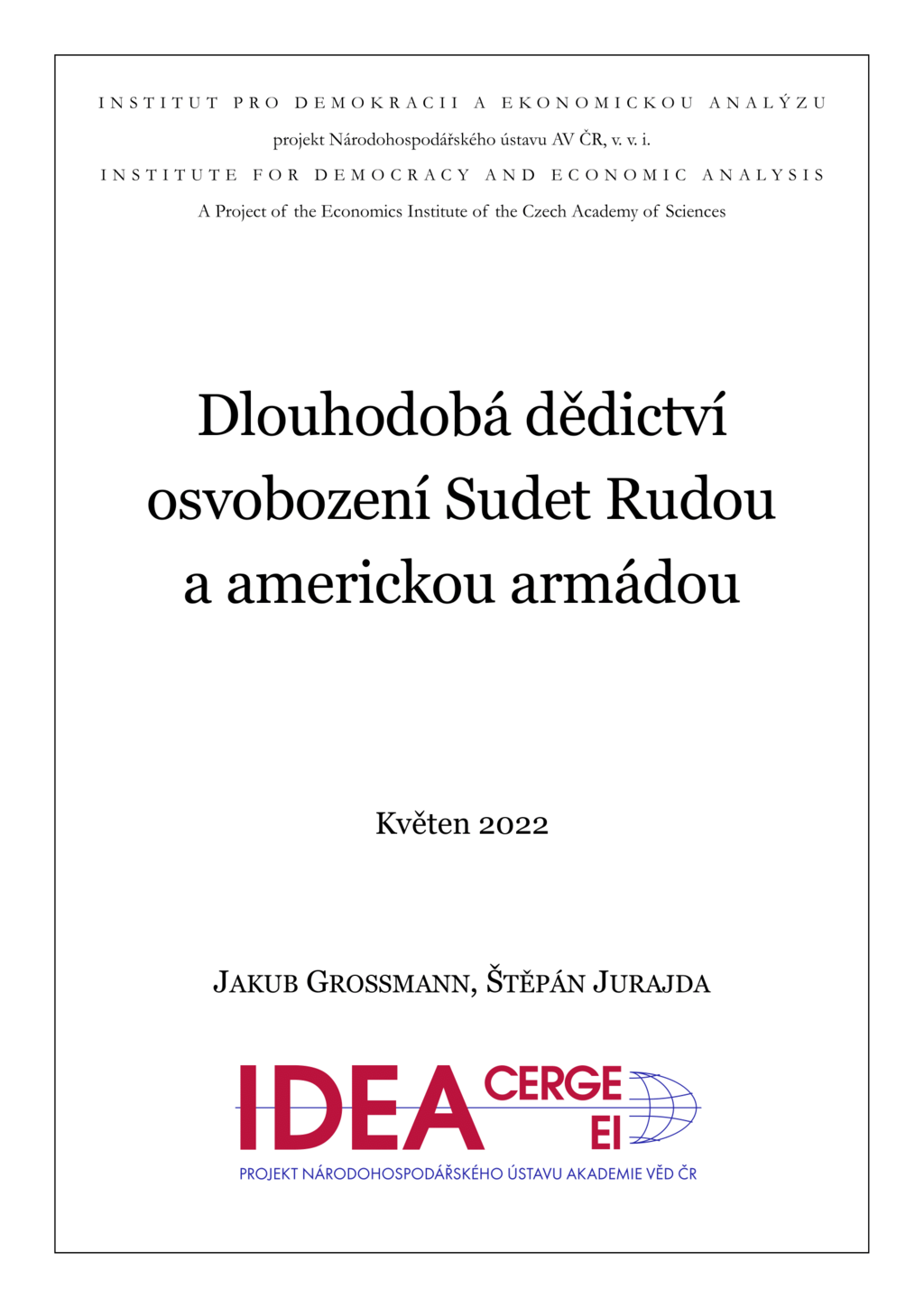
The Long-term Legacy of the Liberation of the Sudetenland by the Red and US Armies
Forced migration results in trauma to the millions of people displaced from their homes, but very little is known about the fate of those who avoided expulsion and became a minority in the new society. This analysis reveals how and to what degree the manner and extent of the post-war expulsion of the German population from the Sudetenland influenced the country’s long-term social development. (This publication is written in czech language.)
15. April 2024
Approximately three million Sudeten Germans lived in pre-war Czechoslovakia, amounting to roughly 30% of the population of the Czech lands (Bohemia, Moravia, and Silesia). However, the German and Czech ethnic groups were widely divided, not only geographically, but also socially and politically. After the Munich Agreement of 1938, approximately 175,000 ethnic Czechs left the Sudetenland. At the end of the 2nd World War, the situation was reversed, and nearly the entire German population was removed from the Sudetenland. Approximately 200,000 remained, about 6% of the original population. In turn, approximately two million Czechs, Slovaks, and settlers of other nationalities gradually moved into the territory of the former Sudetenland.
The western part of Czechoslovak territory was liberated by the US army in the spring of 1945, while the eastern part was liberated by the Red army. The line where the two armies met (the so-called demarcation line) had not been agreed in advance, and its final location on the axis Karlovy Vary - Plzeň - České Budějovice was only determined a few days before the liberation of Czechoslovakia.
The methods of expulsion differed on each side of the demarcation line. In the first months (May and June 1945) after the liberation, the Americans prevented forced/uncontrolled removal, while the Russian army supported and often participated in forced expulsion. The Red army, unlike the Allied army, did not distinguish between sympathizers with German fascism and anti-fascists. This led to a difference in the total number of remaining Germans on each side of the demarcation line, which could not be compensated in the second phase of the expulsion between February and October 1946.
The second phase of the expulsion (the so-called organized expulsion) was carried out under the supervision of the new local governments and was managed in a much more humane manner. Some groups of Germans were not subjected to organized removal. Officially recognized German anti-fascists were exempted, as were specialist workers needed for the industries of the time. However, the Red army recruited German antifascists to participate in the establishment of a Communist Party in the Soviet zone of Germany, which further contributed to the significantly lower number of displaced Germans and German antifascists in the American occupation zone than those who remained in the Soviet zone.
The difference in the numbers of non-displaced Germans on each side of the demarcation line allows us to explore two important questions: did the non-displaced Germans in Czechoslovakia influence long-term societal development in the region, and to what degree did they retain their ethnic identity?
The non-displaced Germans were not allowed to use their native language in public venues, their movement was limited, and intermarriage with other ethnic groups was conditional on government approval. These restrictions played a significant role in suppressing German identity and led to ethnic assimilation. Eventually, by 1950, only 160,000 Czechoslovak citizens claimed German nationality, and in 2001 there were fewer than 40,000.
The results of free parliamentary elections after 1993 consistently show higher voter support for the Communist Party in the parts of the Sudetenland liberated by the US army. Today, for every ten non-displaced anti-fascists, there are an additional 3-4 votes for the KSČM. The support of other contemporary parties, including the centre-left ČSSD, does not show a similar effect. From municipal election data between 1994-2018, we find that in parts of the Sudetenland with a higher proportion of anti-fascists, the likelihood of an active KSČM cell in a municipality is 12% greater.
The link between voter support for the KSČM and higher proportions of non-displaced anti-fascists is further demonstrated with an analysis of the surnames of candidates for the KSČM in municipal elections. German surnames, which indicate descendants of non-displaced Germans, are about 15% more common for KSČM candidates in the Sudeten areas liberated by the US army.

